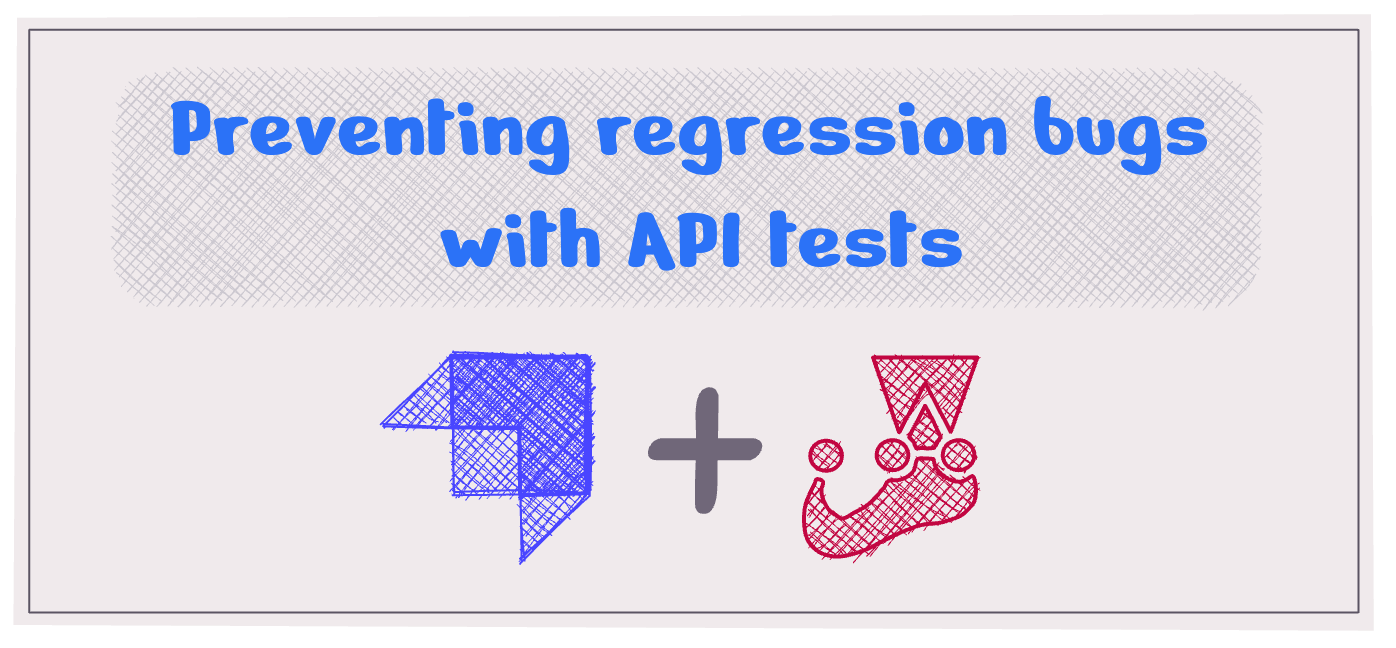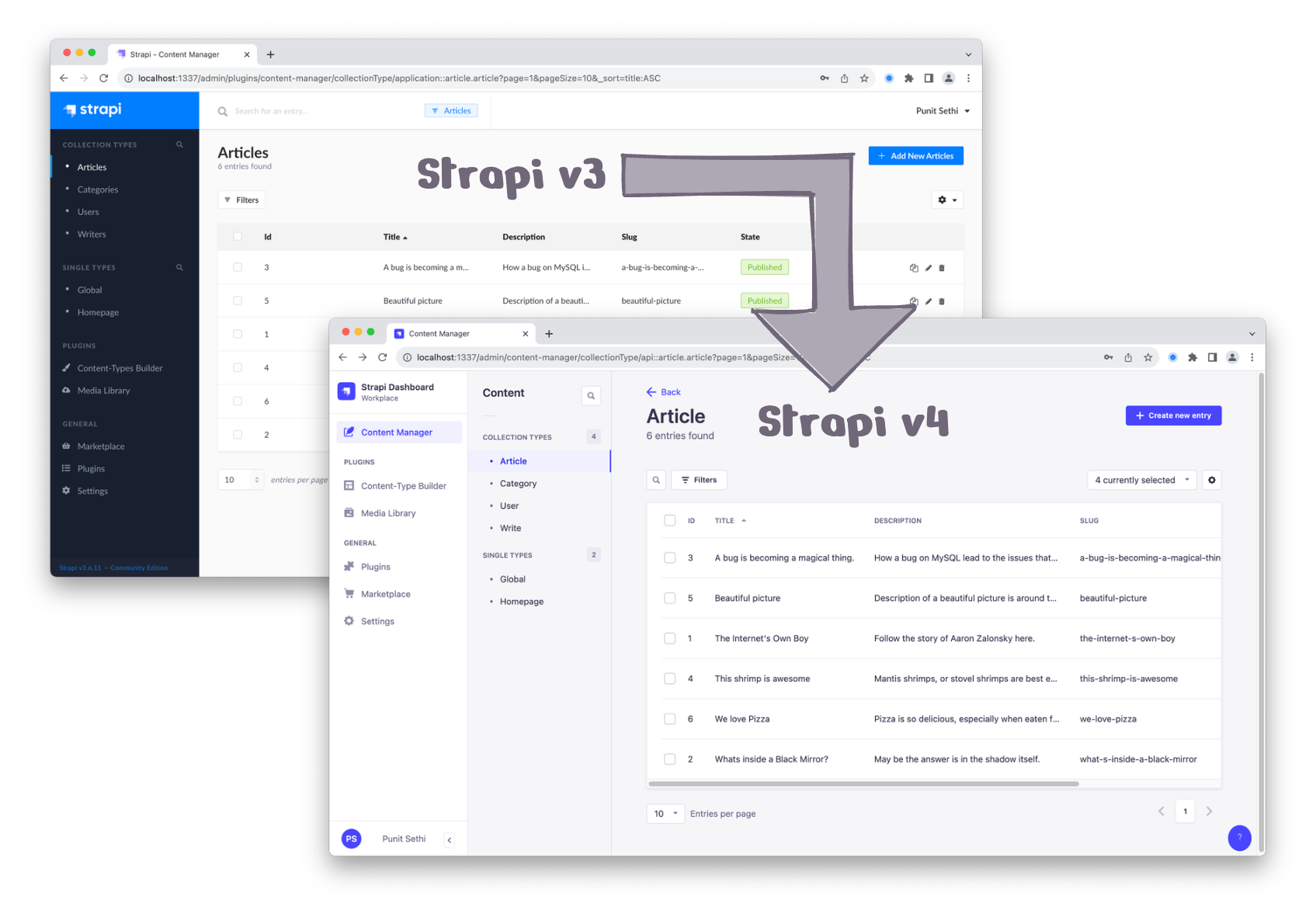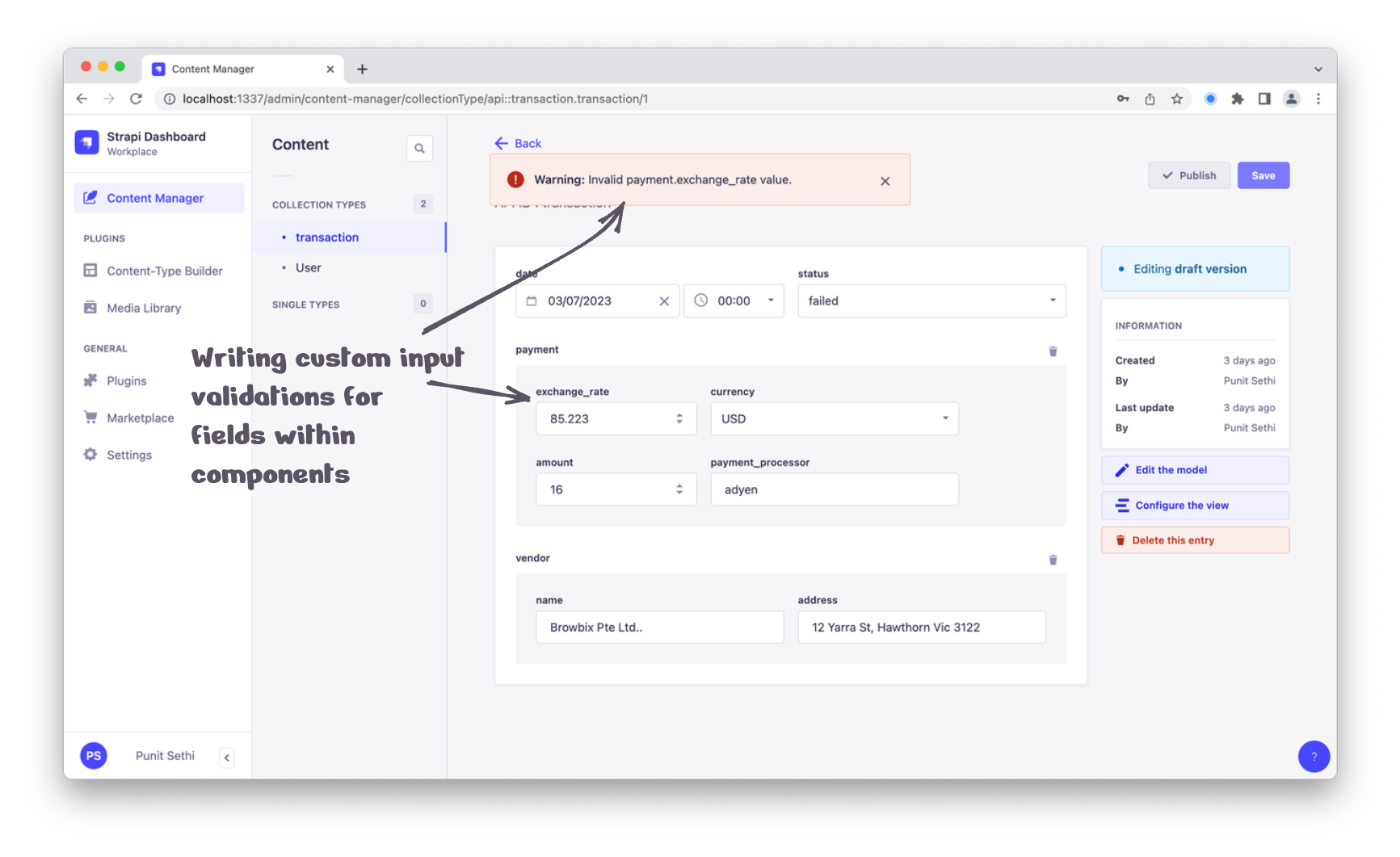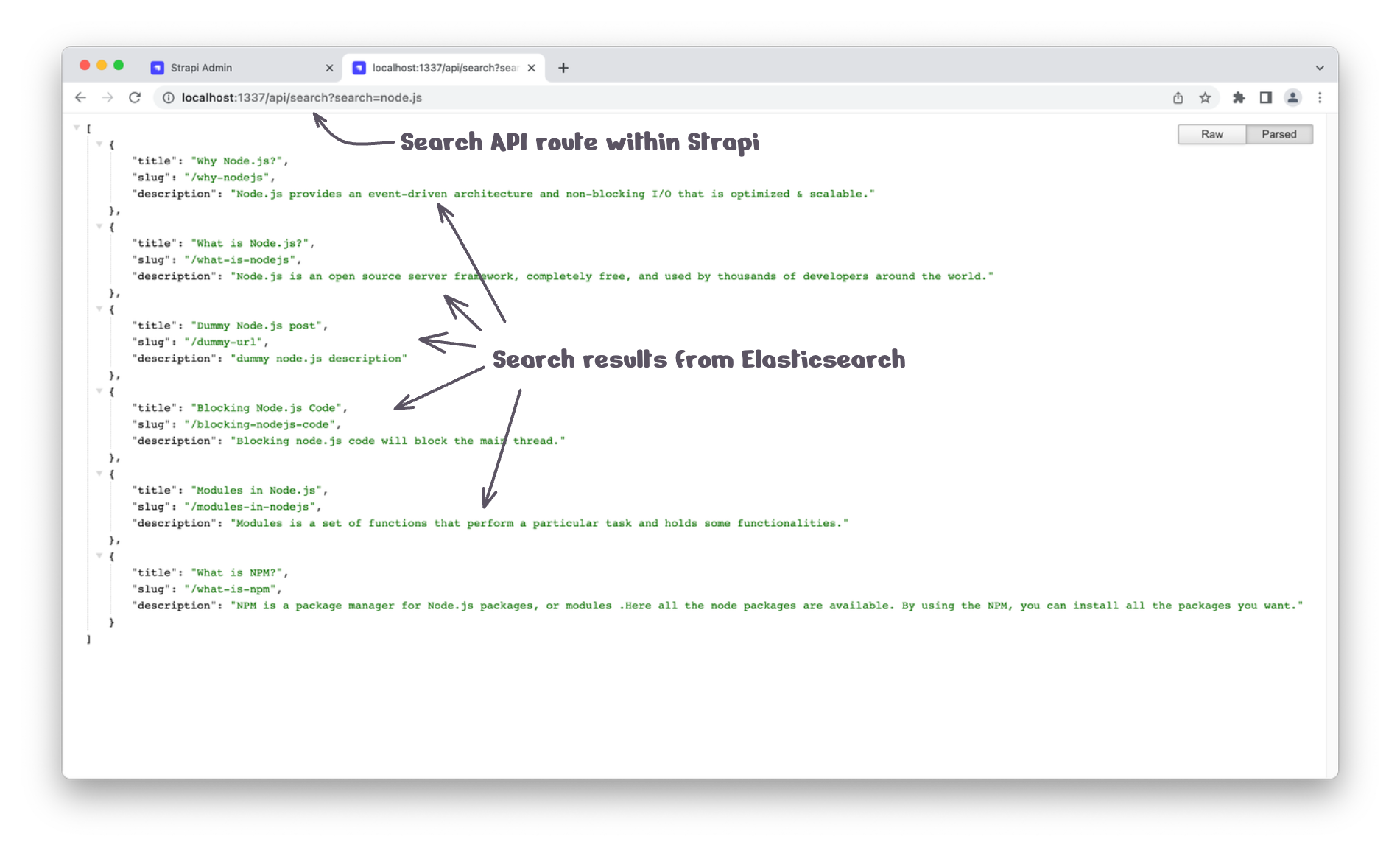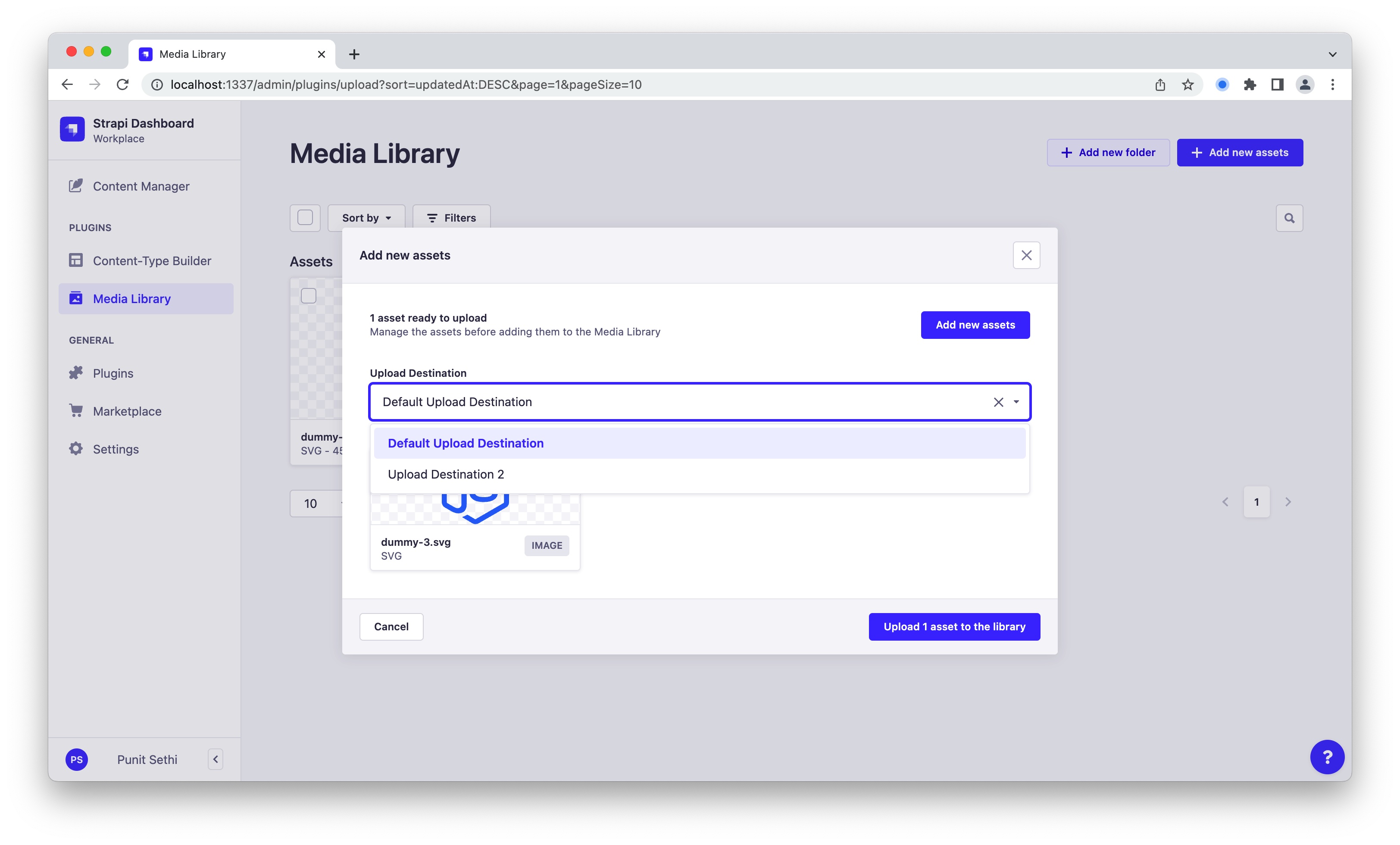Posts on Strapi Customizations
Got a Strapi specific pain point?
I'm an independent dev specializing in Strapi data migrations, upgrades & customizations. To discuss your Strapi specific paint points, email me at punit@tezify.com.
Got a Strapi specific pain point?
I'm an independent dev specializing in Strapi data migrations, upgrades & customizations.
To discuss your Strapi specific paint points, email me at punit@tezify.com..


